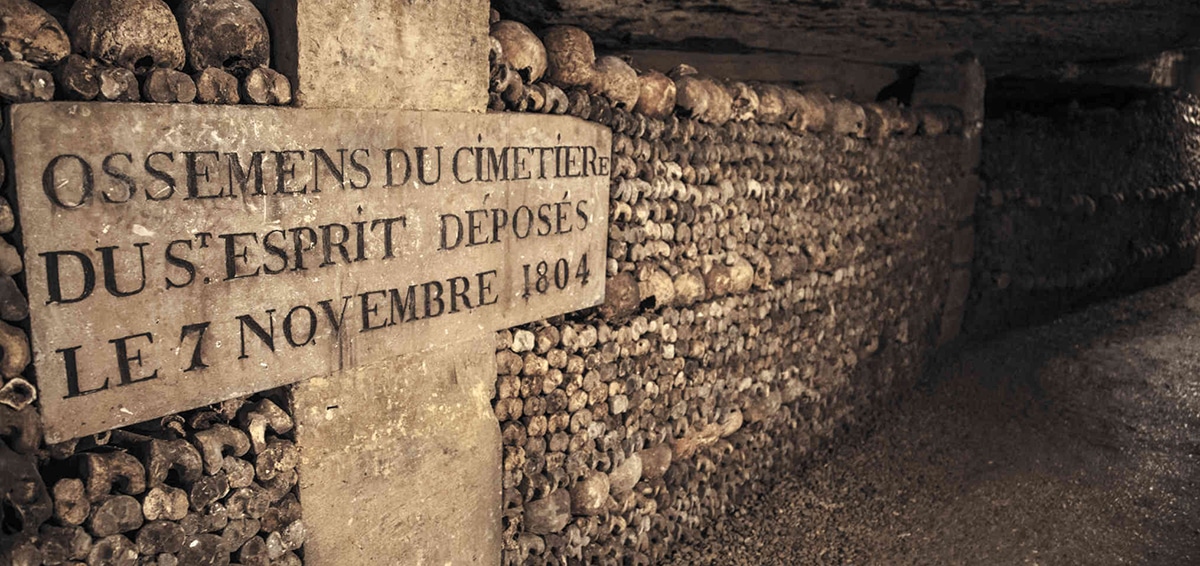
One of the most popular tourist destinations in the French capital is the Catacombs of Paris. If you are not afraid of the depths and you like history and perhaps the gothic, this is a visit that you cannot miss.
Today we'll see what are the catacombs of paris, but also when and how can you visit.
The Catacombs of Paris

The tunnels are very old and date back to the time when the Romans walked through Paris. They belong to some old limestone minesbut they became a common cemetery at the end of the XNUMXth century.
The continued use of the mines left a network of tunnels and chambers that around that time was destined to become a cemetery. The local cemeteries were by that time of the 1786th century collapsed, so the Inspector General of Quarries determined in XNUMX that they could be used to store bodies. They began to bring there the bodies of other cemeteries, of those who died in public disorder and then millions of bones that were left over in other places.
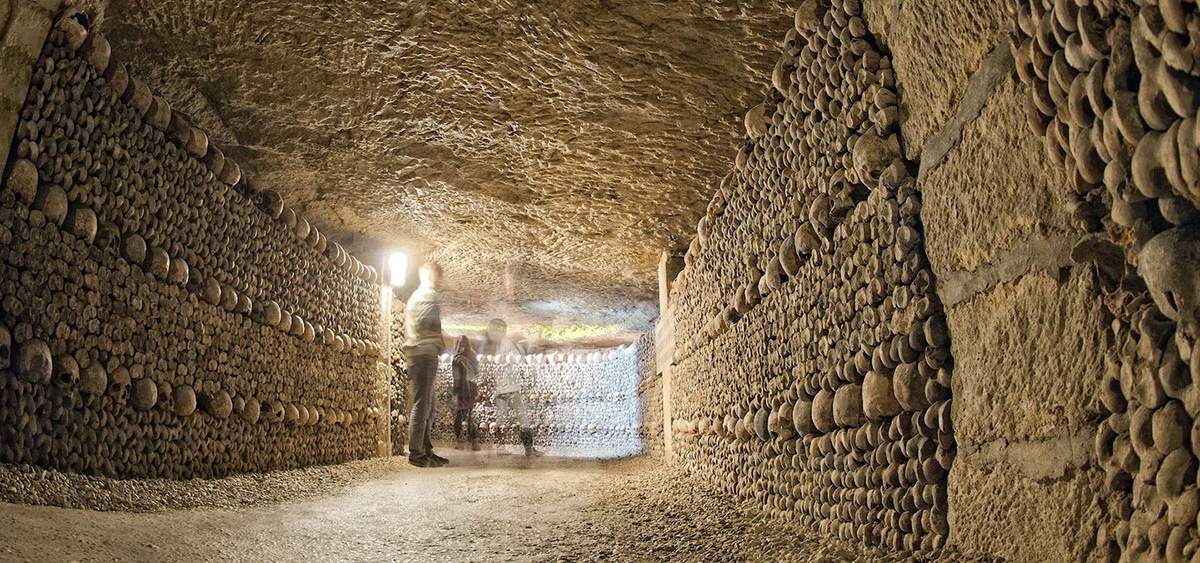
There has been graffiti in these tunnels ever since, but they have also been used for other things besides storing the dead and human remains: a hideout, a refuge for the resistance against the Nazis, a German bunker, and yes, today, a tourist destination.
The Catacombs of Paris go for miles. The bones are stacked on walls and in some parts you can see plaques and altars with epitaphs in Latin.A certain decorative organization was made, columns, tombs and funerary cipos were shaped. Shortly before the opening of the cemetery, the chaos of meaningless piled bones was left behind and began to take shape. curious structures with Egyptian style, for example, or doric columns, steles or places that were baptized with names like the Samaritan Fountain or the Sepulchral Lamp.
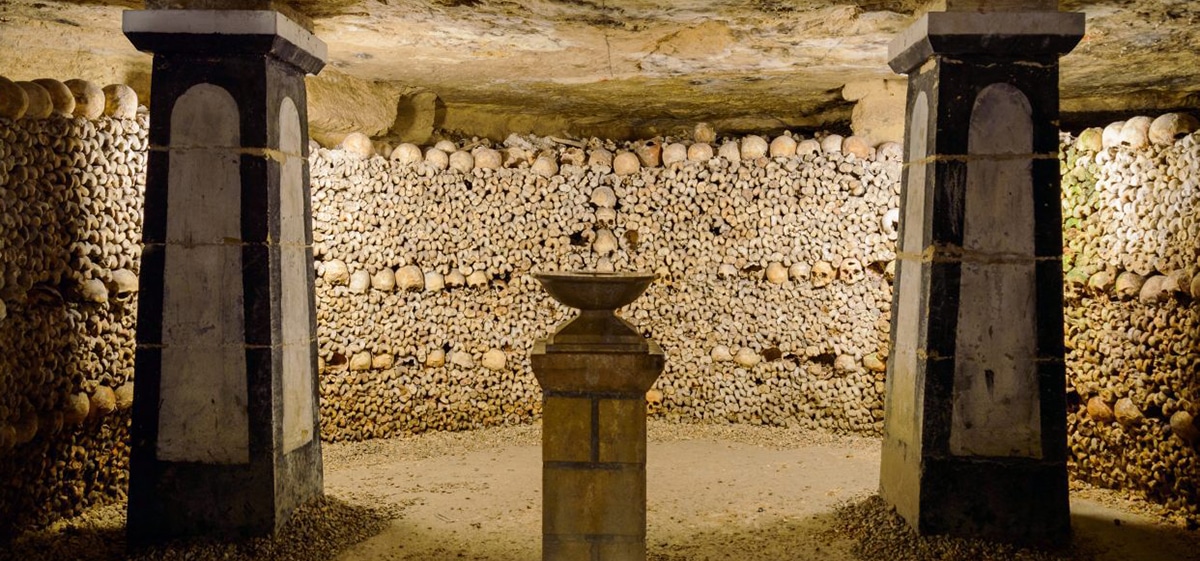
With the idea of adding some educational sense, Héricart de Thury, the Inspector General, ordered the construction of two traditional-style cabinets to display curiosities, things related to mining and pathology. In the latter, specimens related to bone diseases and deformations were exhibited. In addition, he also ordered to place, through the galleries, plaques with religious poetic texts that were intended to induce meditation on life and death during the macabre walk.
On the other hand, the subsoils of Paris were also the focus of many and varied studies. After its opening, two researchers from the French Museum of Natural History dedicated themselves to studying the flora that could develop without sunlight, discovering in the process the existence of crustaceans in the underground springs. de Thruy even left a couple of goldfish in the Samaritan Fountain to see what would happen. The fish survived but did not reproduce and became blind.
They also came down here pioneering photographers, Nadar by example. He experimented for three months and took photos using artificial light. The required exposure time was sooo long that he had to use dolls that simulated being the mine workers. Experiments of this type were left behind, but studies continue today, this time dedicated to preserving the place.
Officially, the catacombs were consecrated as the Paris Municipal Ossuary on April 7, 1786, and in 1809 they were first opened to the public. The Catacombs of Paris in numbers: they are 20 meters deep and have five floors, there are 131 steps to go down and 112 to go up, the circuit covers 1500 meters, which makes a visit one hour. The total area is 11 thousand square meters.
Visit the Catacombs of Paris
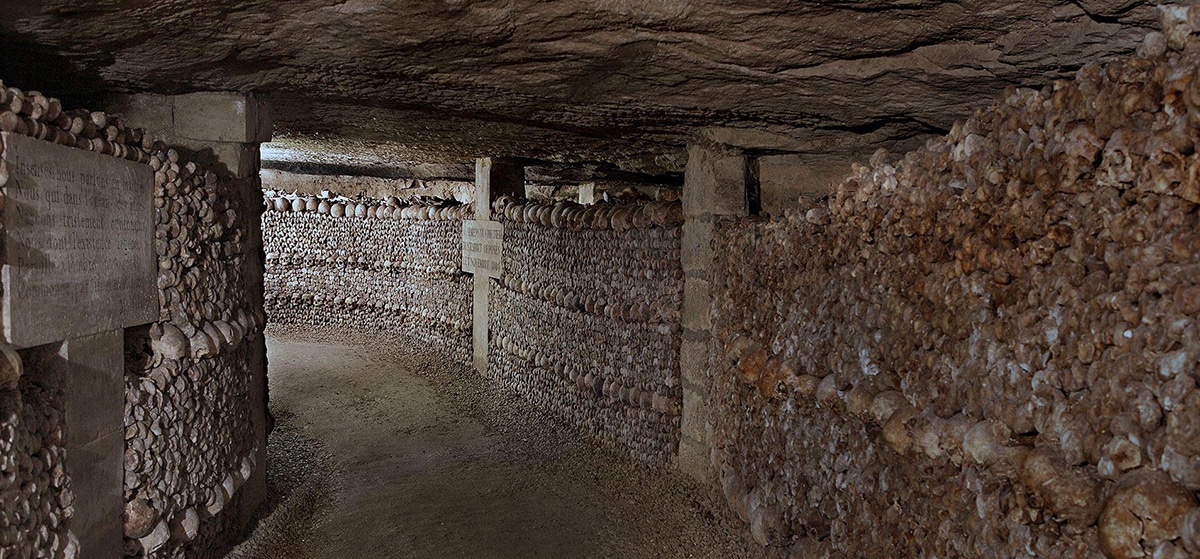
Of the 300 kilometers in total of the tunnels, only that kilometer and a half is open to the public. Y They are toured with a guide because some tunnels are very low or narrow or easily flooded. Yes, you can also go on your own, always with an audio guide. Go down the spiral staircase and the adventure begins. For many it is more something of archeology than mystery or terror.
Actually, as you walk around and see the bones you can't help but wonder about all the people who died and lived or how they died. Reading some plates sheds light on those stories, or at least on the provenance of the bones. Thus, you discover that some come from the St-Jean Cemetery and that they were deposited here in September 1859. That yes, except for some bones that belong to French aristocrats, the rest is quite common: poor and rich, thieves and just, men, women coexist and kids. After all, everyone's fate is exactly the same.
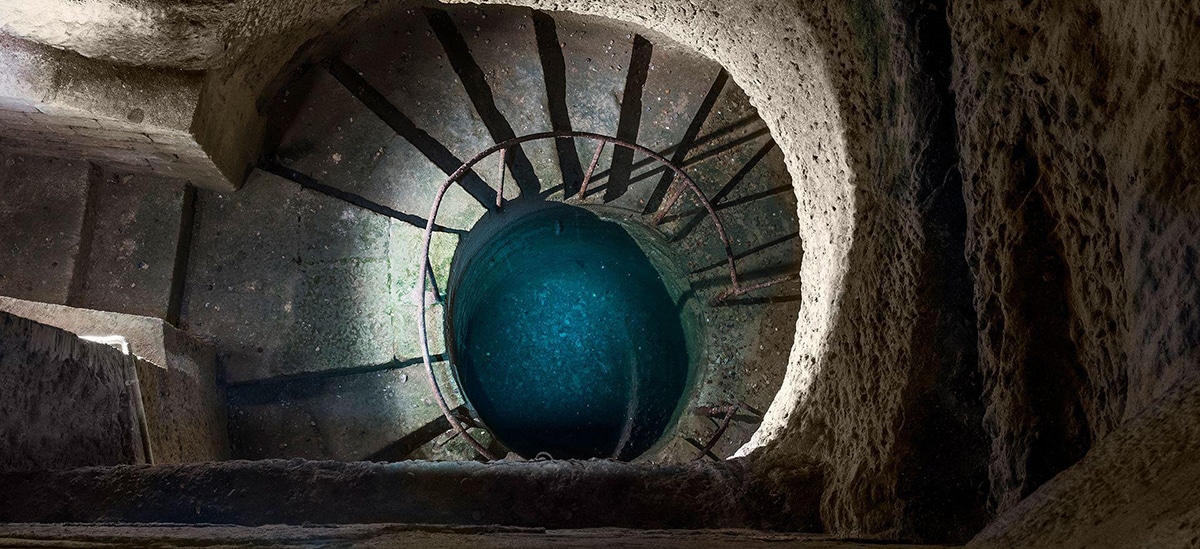
There are different types of tours. you can meet the geological history from the quarries that were formed 45 million years ago by the action of a tropical sea, which left limestone that was exploited in mines that ultimately became an underground cemetery. There are visitors interested in geology, there are others interested in death, the gothic, the macabre...
Know that the temperature in the catacombs is on average 14 ºC and is usually super wet. The wait at the tunnel gates is usually long, even in winter, so bring a coat.
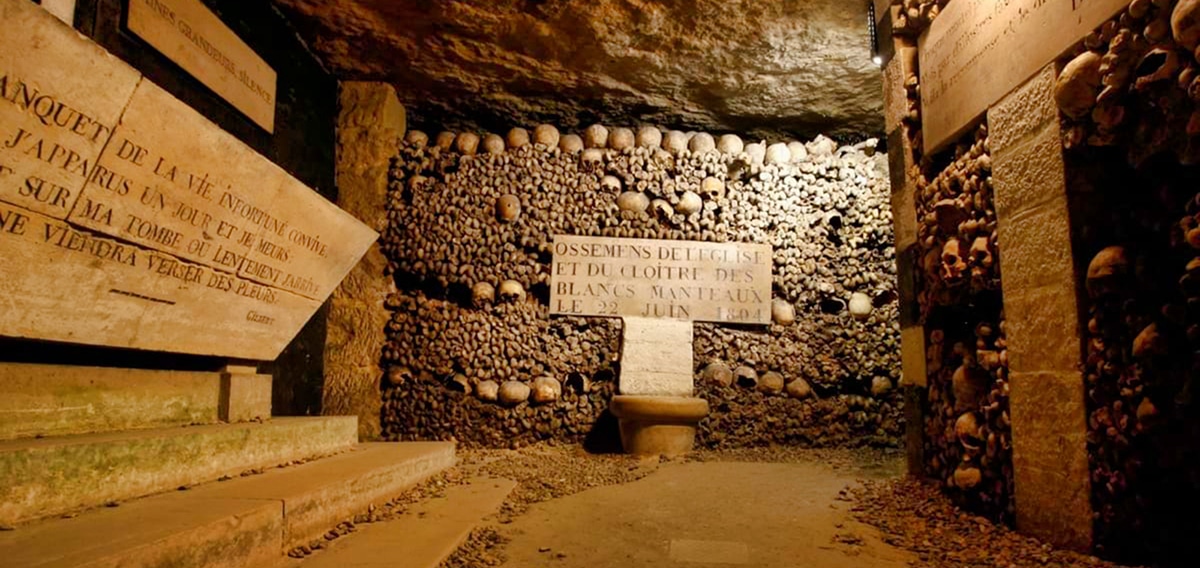
The catacombs are one of the most popular attractions in the city, so the advice is that make the reservation well in advance. The groups are of a maximum of 20 people and there is the possibility of signing up for one with sign language, which are smaller. Small children are not accepted, only from 10 years old, and the tour lasts between 45 minutes and an hour and a half.
To buy the ticket with the time of the visit you just have to visit the official site of the catacombs and give click to the purchase of the ticket. It redirects you to the Paris Museés Billetterie website. Today for the 2022 season the ticket costs 29, 27 or 5 euros respectively. For last minute tickets the price is 25 and 13 euros. Always between June 15 and September 30. Also from here you can make the online visit.
The catacombs are managed by the same team that takes care of the Museé Carnavalet, dedicated to Parisian history.